Cargando...
Recursos educativos
-
Nivel educativo
-
Competencias
-
Tipología
-
Idioma
-
Tipo de medio
-
Tipo de actividad
-
Destinatarios
-
Tipo de audiencia
-
Creador
-

True / False. The heart
EduBook Organización
- 2725 visitas
Are these sentences true or false? The heart is the organ that pumps blood to all the cells in our body. The heart is about the size of a football. The walls of the heart are made of muscle tissue. The…
-
The removal of cell waste
EduBook Organización
- 2678 visitas
4.1. What does excretion consist of? Cell activity produces waste products like carbon dioxide or urea. These substances are toxic for the organism if they accumulate. The function of excretion is…
-
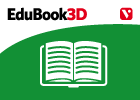
-
Introduction - The Earth, a Living Planet
EduBook Organización
- 2570 visitas
The existence of water and a protective atmosphere were key elements for the appearance of life on Earth. The first cells appeared 3.5 billion years ago. From these early forms of life, different groups…
-
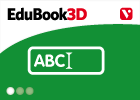
Complete. The bloodstream
EduBook Organización
- 2548 visitas
Complete this text with the correct words: In pulmonary circulation, blood passes from the right ventricle to the lungs through the artery. In the lungs, the blood expels carbon dioxide and collects .…
-

Natural Science
EduBook Organización
- 1 lo usan
- 2224 visitas
Unit 6: Living things bacteria (n): a tiny unicellular organism. cell (n): the smallest living component that makes up a living thing. feed (v): to obtain food and nourishment. grow (n): to increase in…
-
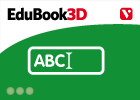
Self-assessment T8 04 - Nutrition, breathing and circulation
EduBook Organización
- 2401 visitas
Complete this text with the correct words: The respiratory system is the group of through which we are able to inhale , and exhale . It consists of the and the lungs. The respiratory tract connects the…
-
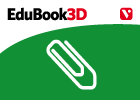
A microscope
EduBook Organización
- 2329 visitas
A microscope is an instrument that magnifies very small objects, like cells, so that we can observe and study them. The main part of this instrument is a metal tube with a lens at each end: the eyepiece…
-
Unit 8: The Earth, a Living Planet
EduBook Organización
- 2107 visitas
Asexual reproduction (n): the process of reproduction of a single organism by itself. autotroph (n): an organism that produces its own food for nutrition. bioelement (n): any of the chemical elements…
-

The senses - The senses
EduBook Organización
- 2046 visitas
We receive information on what is happening outside our body through our sensory receptors. These receptors are specialised nerve cells that capture stimuli from outside our body. There are different…
Te estamos redirigiendo a la ficha del libro...













